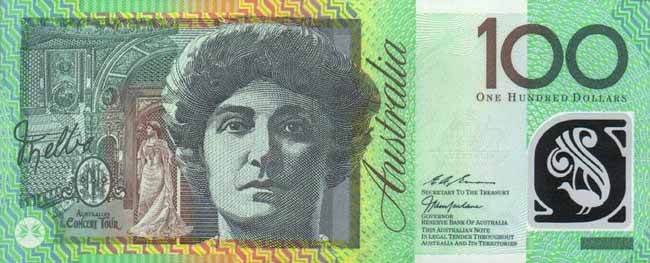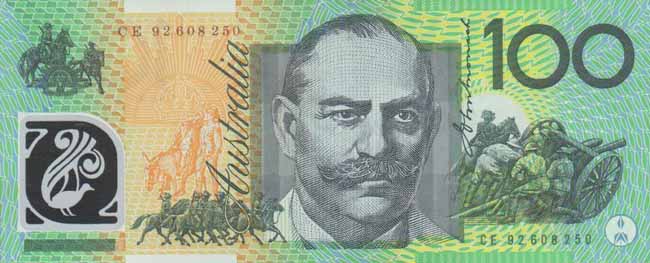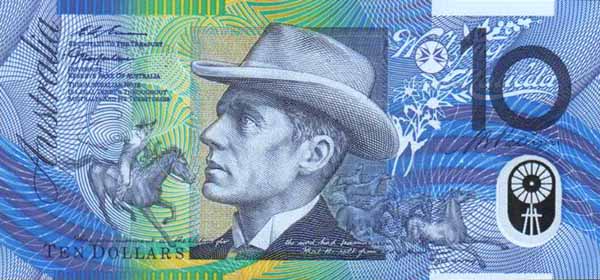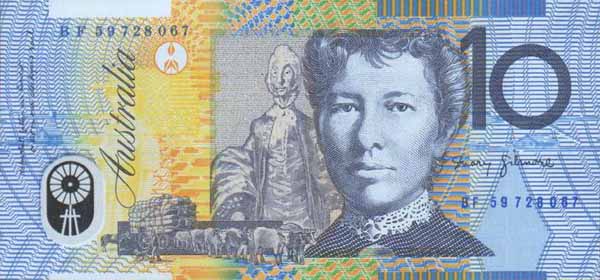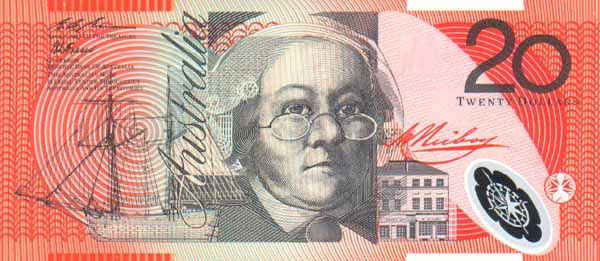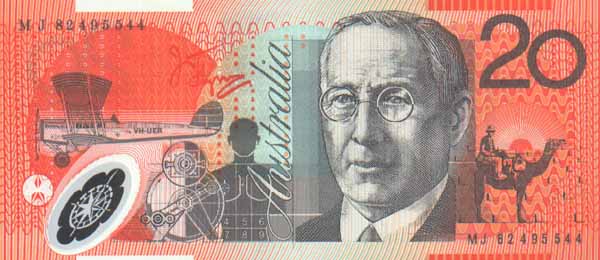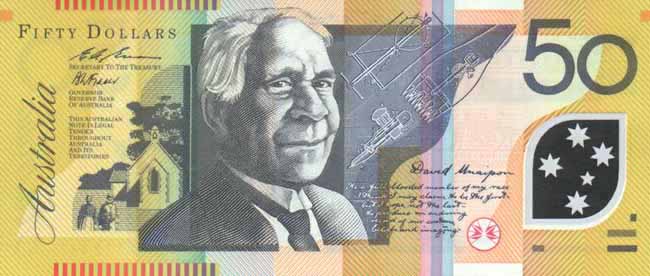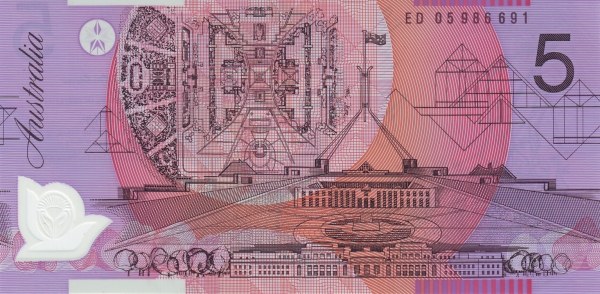Nauru: A Glimpse into the Pacific Gem
Nauru, a compact island nation in the heart of the Pacific Ocean, beckons with its unique charm and rich history. Spanning just 21 square kilometers, it stands as the smallest republic globally. Nauru's allure lies in its breathtaking landscapes, diverse culture, and vibrant community. In this exploration, we will delve into various facets of Nauru, encompassing its geography, economy, people, culture, environment, government, and history.
The Geography of Nauru
Located within Oceania, Nauru finds itself south of the Marshall Islands. This isolated island features a raised coral reef, which creates stunning sandy beaches that contrast beautifully with lush greenery. The island boasts a narrow ring of fertile land encircling a central phosphate plateau. Such geographical diversity not only offers picturesque views but also influences the lifestyle of its inhabitants.
The climate in Nauru is tropical, characterized by a distinct rainy season from November to February. This weather pattern nourishes the land, albeit the island has limited agricultural potential. Moreover, it faces environmental challenges such as the impacts of climate change and rising sea levels, prompting the government to seek sustainable solutions to protect its natural beauty.
Historical Overview of Nauru
Nauru gained its independence on January 31, 1968, after being administered as a UN trusteeship by Australia, New Zealand, and the United Kingdom. This significant milestone paved the way for the island to join the United Nations in 1999. Initially, Nauru's economy thrived on phosphate mining, a resource unique to this small nation. However, depletion of phosphate reserves by 2005 led to economic difficulties.
In response to the economic downturn, Nauru relied heavily on imports to sustain its population, with Australia serving as the primary trading partner and support system. The financial ties deepened in 2001 when Nauru struck a controversial agreement with Australia, allowing the island to host over 1,000 asylum seekers in exchange for millions in aid. Such agreements highlight the complexities of international relations that Nauru navigates within the Pacific region.
Economic Dynamics of Nauru
As the economy transitioned from phosphate mining, it faced substantial challenges due to the depletion of natural resources. With few local industries thriving, the island became heavily dependent on imports to meet the needs of its population. Notably, the economy also grapples with high unemployment rates, making foreign aid essential for maintaining public services and infrastructure. Besides phosphates, the fishing industry remains one of the limited sources of natural resources for Nauru, contributing to its economy.
Coconuts represent the primary agricultural product, and the land’s fertile zones produce limited produce necessary for local consumption. The economic struggle highlights the urgent need for innovation and diversification to pave the way for a more sustainable future.
The People of Nauru
The population of Nauru consists of approximately 7,500 Nauruans, along with 2,500 foreign workers who contribute to the local workforce. The ethnic composition of the island reveals a rich tapestry of communities, with 58% identifying as Nauruan, 26% as other Pacific Islanders, 8% as Chinese, and 8% as European. This diversity enriches the cultural landscape, creating a vibrant social atmosphere.
Nauruans primarily practice Christianity, with two-thirds adhering to Protestant faith and one-third to Roman Catholicism. The blend of cultures not only strengthens community bonds but also fosters an environment of mutual respect and understanding among different groups.
Language and Literacy
The official language of Nauru is Nauruan, a distinct Pacific language that connects the people deeply to their heritage. English is also widely spoken, particularly in administrative and educational contexts. Remarkably, Nauru boasts a literacy rate of 97%, reflecting the nation’s commitment to education and personal development.
Nauru’s Cultural Heritage
Emphasizing tradition alongside modern influences, Nauru's culture thrives through various forms of artistic expression, including music, dance, and storytelling. Cultural festivals and events provide opportunities for the community to celebrate their shared history and showcase their talents. Additionally, traditional crafts like weaving and carving allow local artisans to pass down skills from generation to generation.
Environmental Challenges and Initiatives
As a small island nation, Nauru faces numerous environmental challenges, particularly those associated with climate change. Rising sea levels present a significant threat to its coastal areas, prompting the government to implement strategies aimed at environmental conservation. Through international partnerships, Nauru actively participates in discussions surrounding climate action to safeguard its unique ecosystems.
The biodiversity of Nauru, while limited due to its size, showcases an array of unique flora and fauna. Ensuring the protection of its environment requires ongoing collaboration between the government and local communities. It is essential for residents to foster sustainable practices that preserve Nauru's natural heritage while supporting the local economy.
Government Structure of Nauru
Nauru operates as a republic, with a political system that emphasizes democracy and representation. The governance of Nauru has undergone various changes and reforms since independence, constantly evolving to address the needs and aspirations of its citizens. The island's parliament plays a pivotal role in decision-making processes, striving to maintain stability and promote development.
The unique geopolitical position of Nauru within the Pacific region compels its leaders to navigate alliances delicately. Its relationships with neighboring countries, such as Australia and New Zealand, significantly impact Nauru's political landscape and economic stability. By fostering strong connections, Nauru aims to create a brighter and more prosperous future for its people.
Conclusion: The Uniqueness of Nauru
In summary, Nauru stands as a testament to resilience and adapting amidst challenges. With its rich history, vibrant culture, and spectacular geography, this small republic encapsulates a spirit that resonates with both residents and visitors alike. Exploring Nauru reveals a world of possibilities, where the past intertwines with the present, offering an experience that is both enriching and enlightening.
Largest cities of: Nauru
| City Name | Population | Year of foundation | |
| Yaren | 800 | 1968 | |
| Aiwo | 250 | circa 500 | |
| Nauru | 200 | circa 2000 B | |
| Denigomodu | 200 | circa 2000 B | |
| Boe | 183 | circa 2000 B | |
| Baitsi | 150 | circa 3000 B |
Nauru: Money
